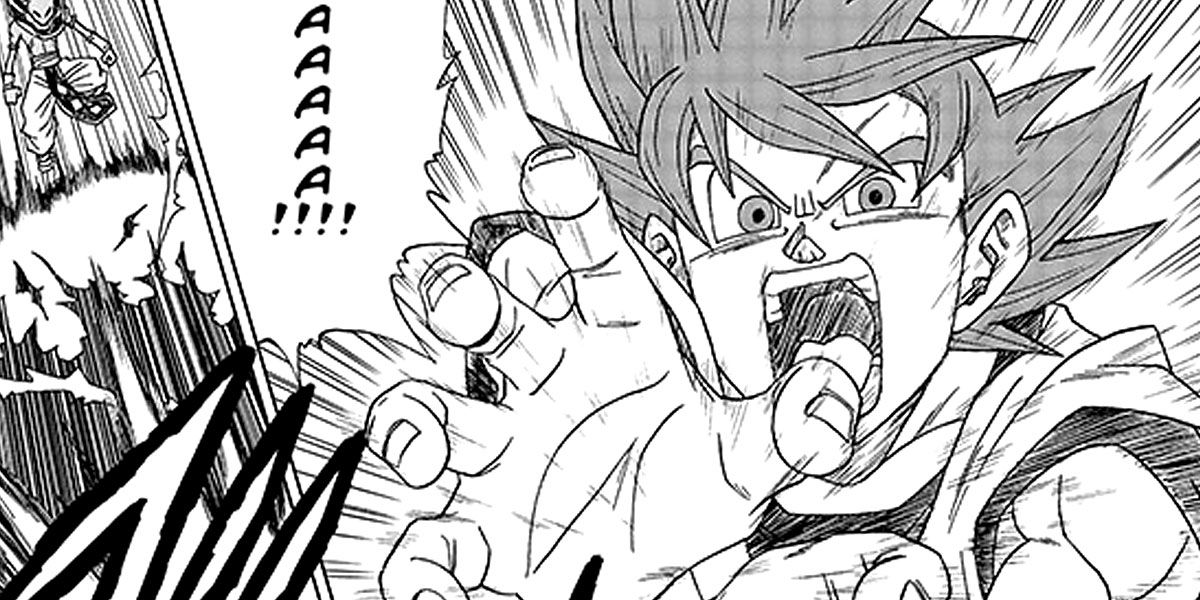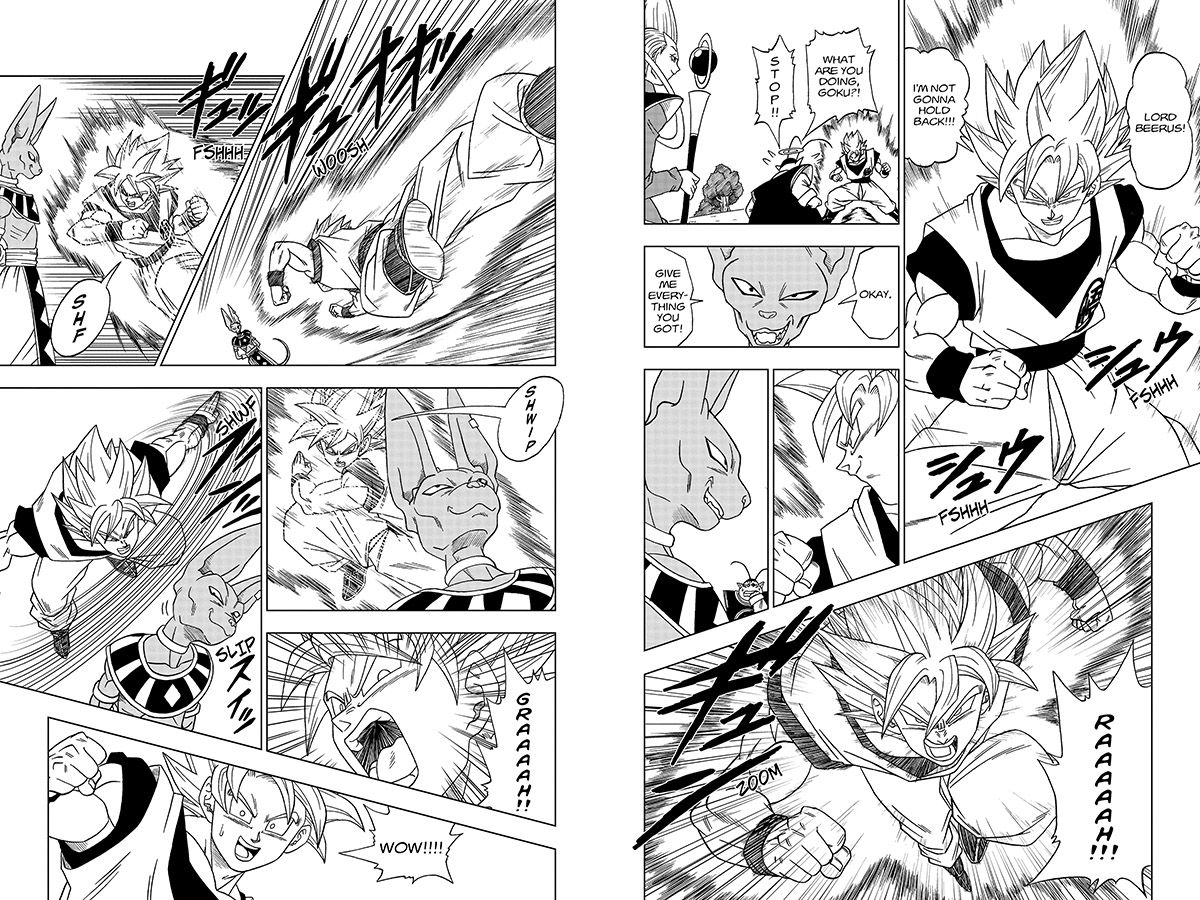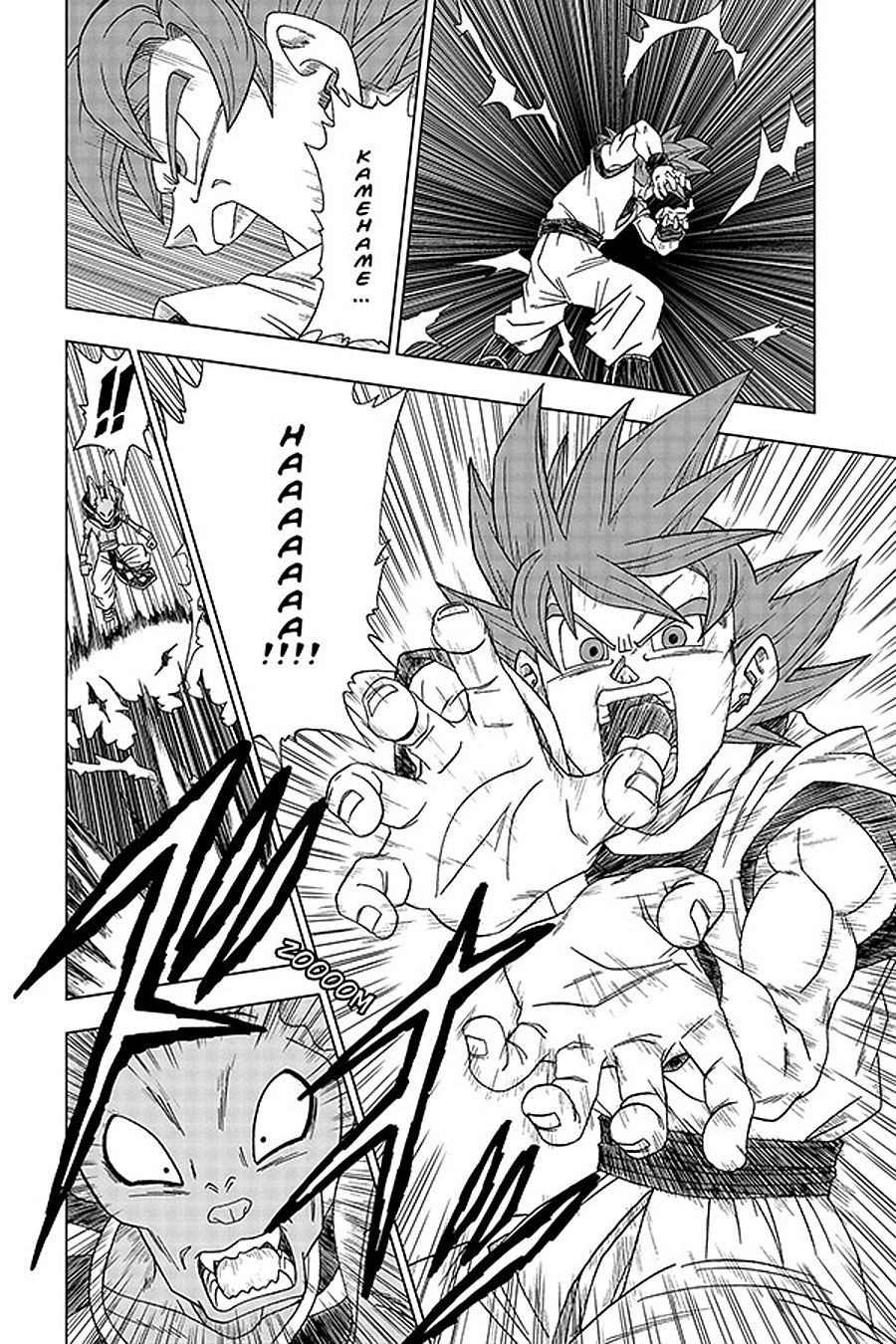"Dragon Ball" is the Energizer Bunny of manga and anime franchises.
The franchise recently noted the 20th anniversary of the first showing of the "Dragon Ball Z" manga in the U.S., and while the last volume of that series came out in 1995 in Japan, the public's thirst for Goku and his pals proved insatiable. Thus, creator Akira Toriyama followed it up with "Dragon Ball SD" -- basically a condensed, full-color retelling of the original "Dragon Ball" story -- and then with "Dragon Ball Super," a completely new story.
Although Toriyama illustrated the earlier series, he brought in a new artist, the singly-named Toyotarou, as the artist for "Dragon Ball Super," which can be read for free on the Viz website. We had the opportunity to talk to Toyotarou at New York Comic Con about how he came to get this job—and what it's like to work alongside a legendary manga creator.
CBR: Did you read "Dragon Ball" as a child?
Toyotarou: Honestly, I was so young that I don’t remember the very first time I started reading it. But then my first recollection is that I had been reading "Dragon Ball" forever, and that I loved it.
What did you think of it?
It was incredible! It was pretty much my first manga that I picked up as a child. I was amazed that someone could create something like that!
What made you want to become a manga artist?
Truthfully, I was never wanting to be a career manga-ka, but in the end I ended up becoming a manga-ka. Given the chance, I always would have wanted to have a serialized "Dragon Ball" manga. But in Japan, culturally, that’s not how things work. So I just passed it off as "Ah, that's just a dream." I figured it would be impossible to do it officially, so I resigned myself to doing it as a hobby. And I put in some work and now I am working on "Dragon Ball."
What kind of career did you have in mind if you were not a manga-ka?
I was a TV director. I would have continued that.
How did you learn how to draw manga? Did you go to school or apprentice in a studio?
I didn’t go to school for manga. No one taught me. I am self-taught.
Did you copy the comics?
Yes. Drawing manga meant drawing "Dragon Ball" to me. 99% of what I drew was "Dragon Ball." To me, drawing meant drawing Goku. When I look at any of my old notebooks from school, they’re all speckled with "Dragon Ball" illustrations.
Was this your first published manga?
Yes.
How did you get the opportunity to draw the "Dragon Ball" manga? Did you enter a competition or submit things to the publisher?
I brought my work to Shueisha and six months later my first job from Shueisha was two pages.
Of "Dragon Ball"?
For "Dragon Ball Heroes," the card game.
Were you nervous about working on such a popular manga?
Of course. Very, very nervous.
How did you deal with it?
I don’t know if I have actually gotten over the nervousness, but I've come around and said this is my interpretation of "Dragon Ball," so please have an open mind when you read it.
How do you and Toriyama-sensei work together? Are you in the same studio?
No, not in the same studio. He looks at the storyboards and then gives me feedback.
How did you make the "Dragon Ball" characters your own?
Overall speaking, I feel that I shouldn’t put too much of myself into it. I feel that it is right to be as close to Toriyama-sensei as possible, but of course I'm not him. That would just be an inferior version of what he could do. If I only mimicked him, I could get to maybe 70% or so of what he could do. I feel like I make up for the remaining 30% with my own take.
Which are the hardest characters to draw?
Beerus and Whis.
Why those two?
There's no reference for them in the original manga. [Both are new characters in "Dragon Ball Super."]
In terms of the way you tell the story, the pacing, the panels, the storytelling style, did you have to study Toriyama-sensei's storytelling style, or did you find it flowing naturally?
Since it is a "Dragon Ball" manga, I try to keep the general style and flow of the paneling the same. This kind of reflects what I have mentioned before, but it might be too boring if I simply mimic, so there is a little bit of my perspective and my pacing in there as well.
What would be different if I were to look at your manga and one drawn by Toriyama-sensei side by side?
I have more panels. That's probably the difference between doing monthly versus weekly. I have to fit more in each chapter. At first glance, that's probably the biggest difference.
Are there any other differences?
A lot of close ups, more than Toriyama-sensei would do. Also, Toriyama-sensei did screentones by hand, but I do everything digitally. So there's that. That’s probably the biggest difference of all. [Laughs]
What changes, large or small, have you made during your time drawing "Dragon Ball Super"? Did you get to change any characters or invent new character designs?
I generally don't make any changes to preexisting characters. Of course, there are new characters that I create.
When Toriyama-sensei began working on "Dragon Ball," it was purely for a Japanese audience. Now, it is popular worldwide. How does that affect the way you draw the manga?
Unfortunately, I don’t think I’ve been taking that into consideration. [Laughs] I’ve got my hands full with what’s in front of me.



